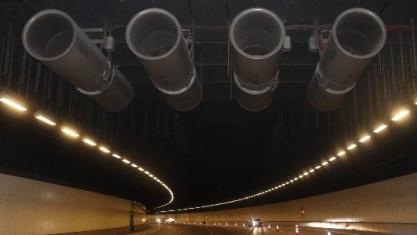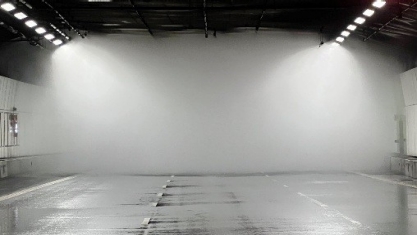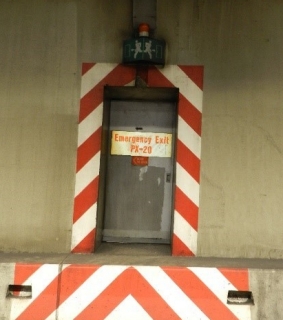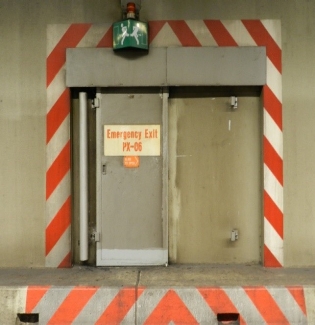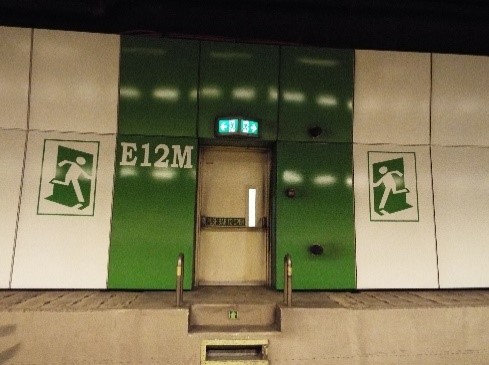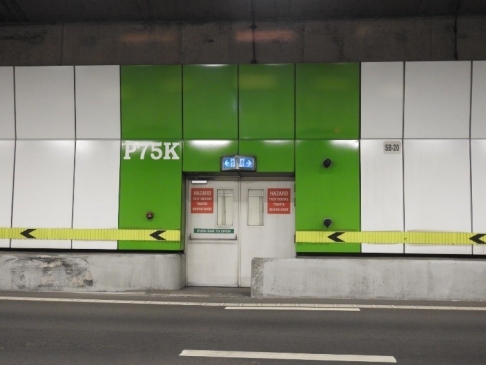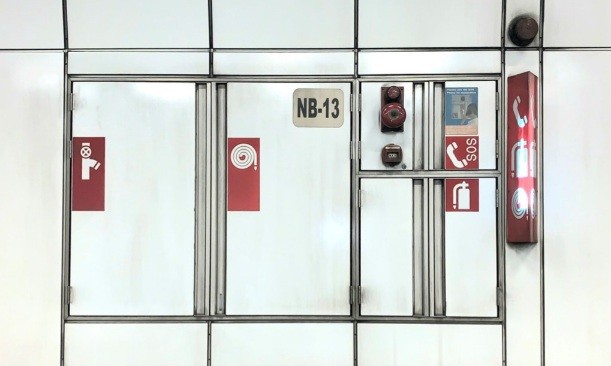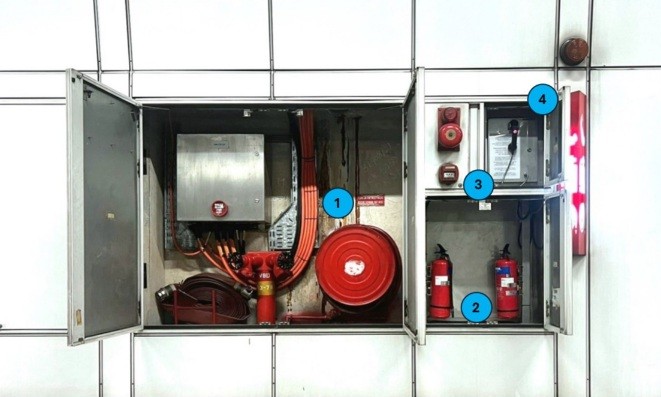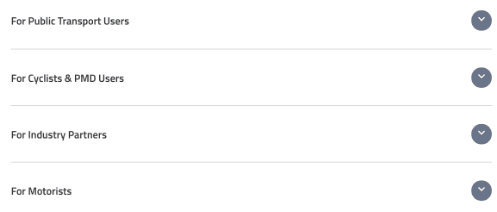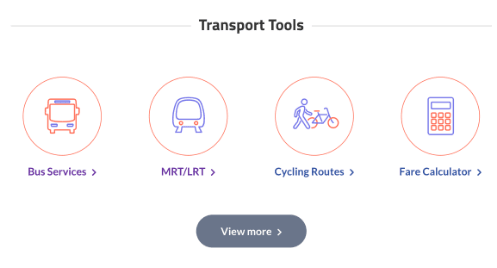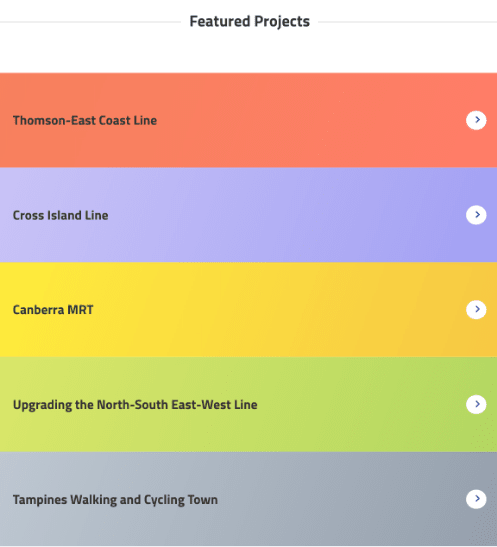The ventilation and fire protection systems, and equipment, help to ensure that the tunnel air quality is at an acceptable level, while providing support in case of fire.
- The ventilation system measures parameters such as visibility, carbon dioxide quality, temperature and velocity of air travel. If these markers exceed certain values, tunnel ventilation fans in the ventilation building and jet fans fitted along the tunnel will be activated to improve the air quality, keeping an optimal environment for motorists. In the event of fire, the ventilation system will remove smoke out of the tunnel.
- The fire protection system consists of heat detection systems and fire-fighting equipment such as fire extinguishers, overhead water sprinklers, hose reels and hydrant pillars. The heat detection systems will trigger an alarm to LTA Operations Control Centre when temperatures indicate the presence of fire.
- The drainage system consists of the storm water and waste water system. The storm water system collects rainwater while the waste water system discharges water from tunnel washing and fire-fighting activities.
- Traffic control and monitoring systems, together with signs and barriers, enable supervision of traffic flow in tunnels and guide motorists along the way. Automatic Incident Detection (AID) is used to detect incidents and collect traffic data. Closed Circuit Television (CCTV) also provides 100% surveillance coverage in the tunnels.
Lane Use Signs (LUS) and Variable Message Signs (VMS) are placed along and before tunnel entrances to guide motorists and inform them about traffic conditions within the tunnel. To facilitate the closure of tunnel slip roads during maintenance or emergencies, certain tunnels are also equipped with drop-down barriers and traffic lights at tunnel entry points.





